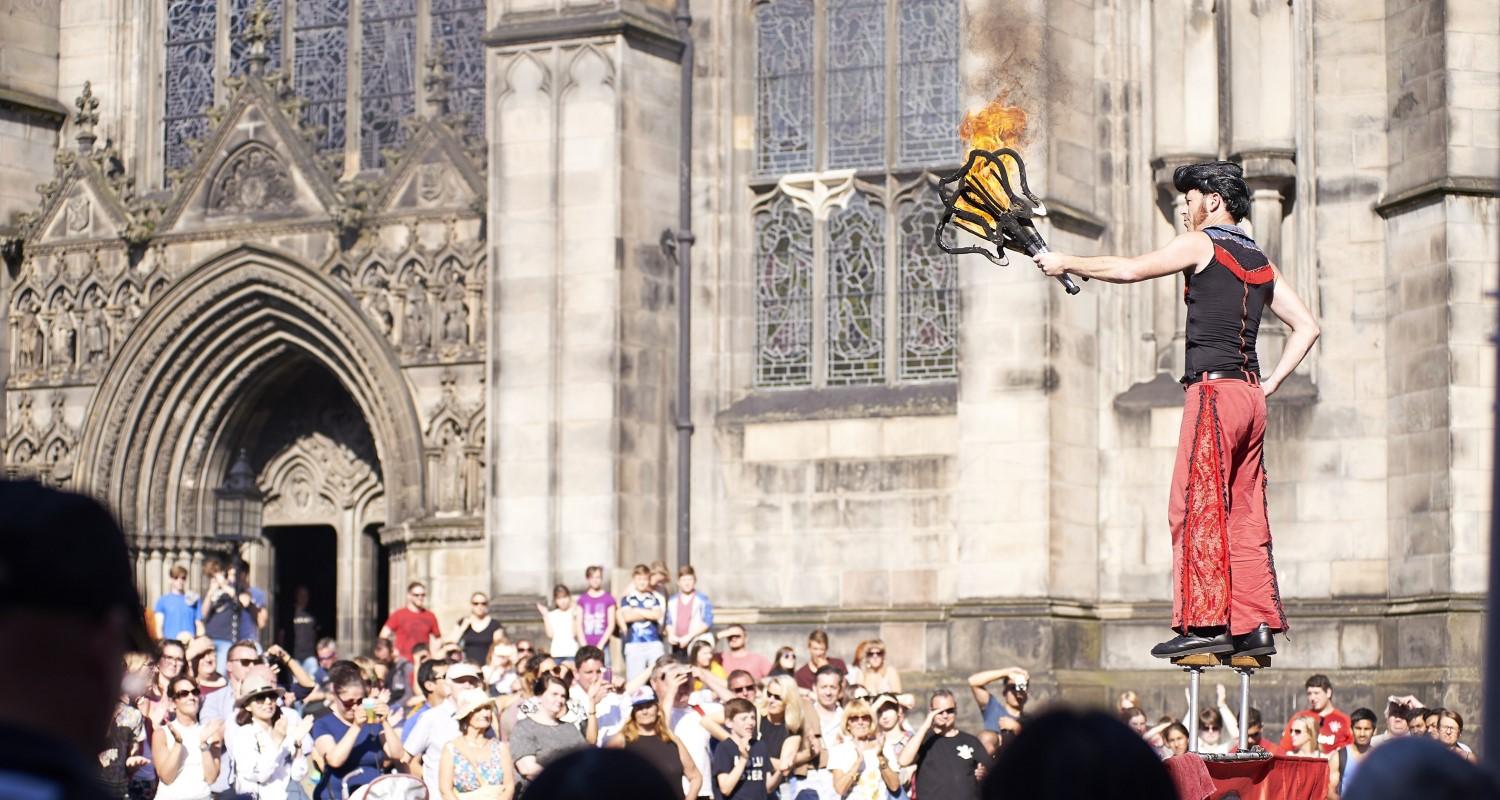What happened when a nude art school model was wheeled across the gallery of the McEwan Hall during the 1963 Edinburgh International Festival? Why was there such an uproar that charges were brought and a court case that journalist Bernard Levin dubbed ‘Lady MacChatterley’ took place? This talk explores the Edinburgh Festivals during the sixties, a time of experimentation in the arts and challenges to social mores that together made Edinburgh the site of lively debate and cultural controversy.
Angela Bartie is a Senior Lecturer in Scottish History at the University of Edinburgh. She is author of The Edinburgh Festivals: Culture and Society in Post-war Britain, International Writers Conference Revisited: Edinburgh 1962 (with Eleanor Bell), and a range of other publications on aspects of the social and cultural history of modern Scotland.
Edinburgh is 900 Years Old!
In 1124 King David I introduced a new system of local government into Scotland by creating royal burghs as part of his efforts to reform the nation’s economic and political structures.
Edinburgh was one of his first royal burghs, along with Berwick, Dunfermline, Roxburgh and Stirling.
While there is no surviving founding Edinburgh charter, an 1127 Dunfermline Abbey royal charter refers to ‘my burgh of Edinburgh’. In 1128, Canongate Burgh was created for Holyrood Abbey.
After the Reformation, Edinburgh spent considerable effort acquiring the former abbey’s lands over the following 200 years. It acquired Canongate then created a new burgh for South Leith in 1636. The burghs of Broughton, Calton and Portsburgh were also acquired and run by Edinburgh. This complex system of governance was abolished in 1856 when all burghs under the management of Edinburgh were merged into a single burgh.
In 1833, Portobello and Leith were made independent parliamentary burghs under the Burgh Reform Act. They ran their own affairs until amalgamated into an expanded Edinburgh in 1896 and 1920, respectively. 1975 saw the last expansion of the city’s boundaries, including Queensferry, which had been made a royal burgh in 1636.
Edinburgh has selected 2024 to mark the start of the 900th anniversary of our city, and to tell the story of Edinburgh’s journey through the centuries from the 12th century City of David right up to the 21st century, the City of Diversity. Our talks at the City Art Centre will celebrate the 10 themes and will span a period of summer 2024 until August 2025.
The Festival in the 60s
